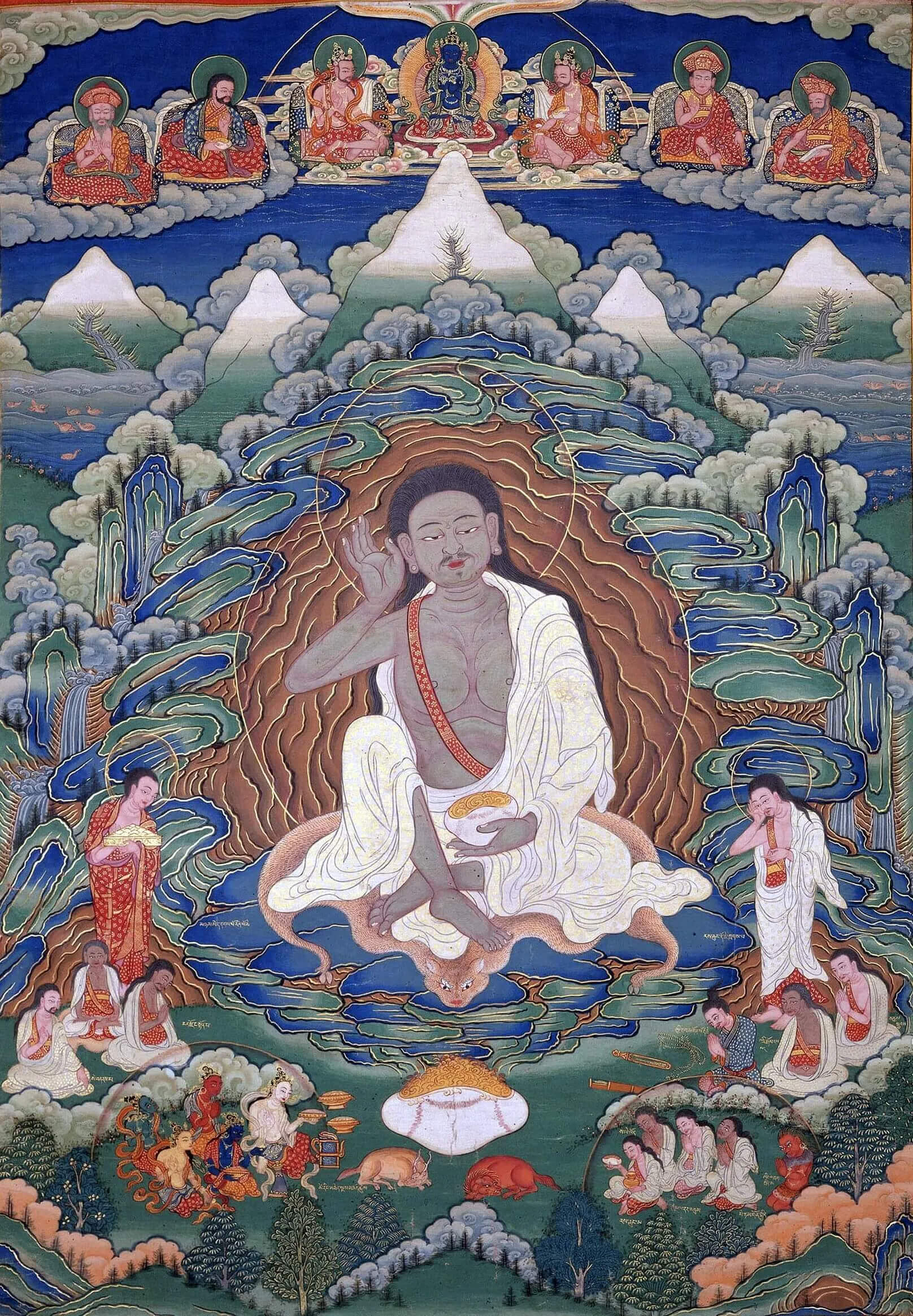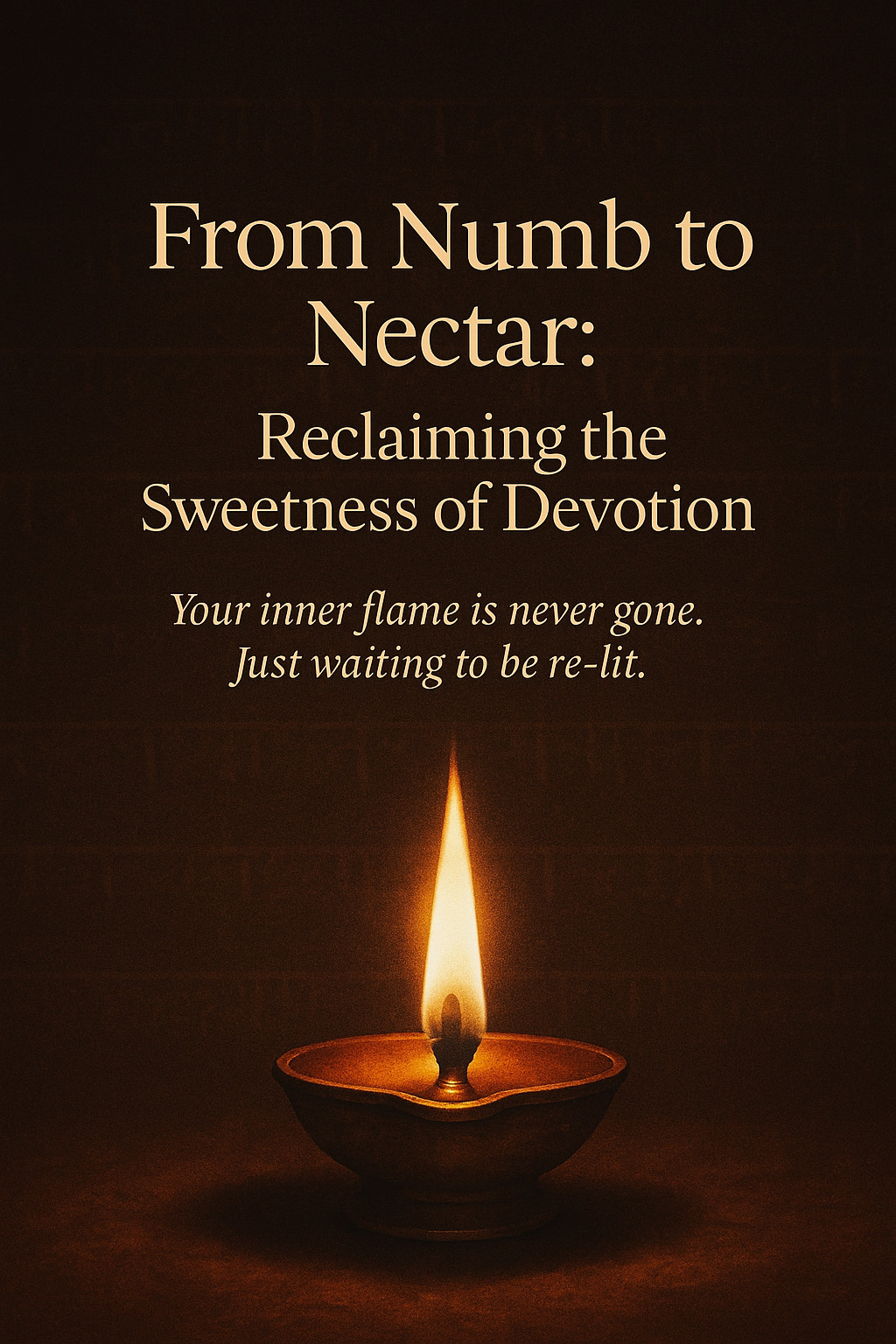Time is an intricate and essential dimension of human life that significantly shapes our experiences, emotions, and growth. By allowing events to unfold sequentially, time imparts depth and meaning to each moment, offering us the opportunity to reflect, learn, and evolve. It grants structure to our choices, helping us navigate the complexities of life and appreciate the richness of our personal journeys.
Viewed as a blank canvas, time is integral to creativity and storytelling, providing the progression necessary for narratives and personal transformations. It functions as a healer, enabling us to move past experiences and build lives with purpose and intention. From a spiritual perspective, time is a profound teacher, instilling in us patience, resilience, and an appreciation for the present moment, harmonizing with the rhythmic flow of nature and existence.
To truly benefit from the gift of time, one must learn to embrace its flow and trust in the unfolding processes it governs. By savoring the present, honoring life's natural progression, and practicing patience, we align with time’s rhythm, celebrating personal growth and transformation. Recognizing time as an enabler rather than a constraint allows us to appreciate its divine design, welcoming its order and wisdom as we navigate life's journey.
Read more...Milarepa’s quote, “Time and its actions or reactions, sequence and consequences can be diverted, not stopped. Everything can be diverted to safety by graceful action. That is dharma. All the tragedies that are supposed to hit you can be avoided and made minimal,” speaks profoundly to the interplay between destiny, free will, and the transformative power of dharma.


Understanding Time and Consequences
Time is a river, ever-flowing and unyielding. Its currents carry the actions, reactions, and consequences of our lives. We cannot pause time or erase its unfolding, but Milarepa’s wisdom offers hope: through graceful action, the flow can be diverted. This does not mean evading life’s challenges but meeting them with conscious choices that align with dharma—a life lived in harmony with universal truth and righteousness.
What is Graceful Action?
Graceful action is the art of responding to life with awareness, compassion, and wisdom. It is not reactive or impulsive but intentional and thoughtful. In every moment, we are presented with opportunities to shape the trajectory of our lives. By choosing actions that reflect inner balance and integrity, we redirect the potential turbulence of life’s events toward calmer, safer waters.
The Role of Dharma in Minimizing Tragedy
Dharma is often understood as the moral and ethical path that aligns us with universal laws. Living in dharma means:
- Acknowledging interconnectedness: Every action reverberates through the cosmic web, creating ripples of consequence.
- Embracing responsibility: Rather than blaming fate, we accept that our choices shape our reality.
- Cultivating resilience: Even when external circumstances seem harsh, inner alignment with dharma provides a compass to navigate adversity.
When we align with dharma, we are not immune to difficulties, but we approach them with a sense of grace that minimizes their impact. In Milarepa’s view, this is how we mitigate tragedies and transform challenges into opportunities for growth.
Practical Steps to Divert Consequences Gracefully
- Pause and Reflect: Before reacting, take a moment to assess the situation. What action would reflect your highest self?
- Cultivate Awareness: Through practices like meditation and mindfulness, develop the capacity to see life’s patterns clearly and anticipate consequences.
- Act with Compassion: Graceful action often stems from empathy and a desire to reduce suffering—for ourselves and others.
- Embrace Forgiveness: Whether for yourself or others, forgiveness dissolves the heavy karmic burden that amplifies pain and tragedy.
- Align with Nature: Harmony with the rhythms of life—through conscious living, kindness, and purpose—creates a smoother flow.
Graceful Action in Daily Life
Consider the power of a kind word, a patient gesture, or a moment of self-restraint. These small, graceful actions can shift the dynamics of a relationship, avert potential conflict, or foster harmony. Like a drop of water redirecting a stream, the cumulative effect of mindful choices can transform the entire flow of your life.
Living the Dharma
Milarepa’s teaching is a call to action: choose your path with intention, walk it with grace, and let dharma be your guide. In doing so, you create a life that is not only safe but also meaningful and aligned with the greater good. Tragedies may still come, but with dharma as your compass, their weight will lessen, and their lessons will deepen your soul’s journey.
Through graceful action, we do not escape time, but we transcend its harshness. This is the essence of living in harmony with the universe—turning life’s inevitable challenges into stepping stones toward wisdom and enlightenment
Milarepa's Teachings
Milarepa spent a vast amount of his time writing literary works and translating very complex Vedic scriptures into Buddhist teachings. Some of the teachings are quite easy to practice even though they are profound. We practice one such Kriya in our Kundalini Yoga practices. Please message us for more info or join one of our courses to learn more.
The blog post delves into the intricate Indian timekeeping system known as the Panchanga, a Vedic calendar deeply rooted in the science of Vedanga Jyotisha. Panchanga goes beyond measuring time, acting as a cosmic guide that aligns human activities with the celestial movements. It encompasses five critical components—Tithi, Vara, Nakshatra, Yoga, and Karana—which collectively guide the determination of auspicious times for rituals, festivals, and significant life events.
The Panchanga intricately balances lunar and solar computations to provide a comprehensive understanding of time, influenced by Vedic astronomy’s meticulous observations. Each of the elements, from the lunar days (Tithi) to planetary influences (Vara), contributes to understanding daily life and spiritual practices, offering a profound connection to cosmic forces. Historically, these elements have been employed to predict eclipses and solstices, demonstrating a sophisticated grasp of the cosmos in ancient Indian culture.
Moreover, the Panchanga plays a vital role in determining muhurtas, or auspicious times, for important events like weddings and religious observances, thus harmonizing human actions with universal rhythms. It serves as both a practical and spiritual tool, emphasizing the importance of aligning individual lives with the rhythms of the universe to foster harmony and spiritual growth. The Panchanga not only serves as a measure of time but also acts as a spiritual compass, underscoring the connection between the macrocosm and microcosm, and promoting a life in harmony with cosmic dharma.
The Panchanga, an ancient and intricate Indian calendar system, offers a sacred approach to timekeeping grounded in Vedanga Jyotisha, a science of Vedic astronomy. Differing from modern calendars that simply track days and months, it serves as a cosmic guide that aligns human life with celestial movements. The Panchanga comprises five elements: Tithi (lunar day), Vara (weekday), Nakshatra (lunar mansion), Yoga (astral combination), and Karana (half lunar day), all of which determine auspicious moments for various activities like rituals and travel.
Embedded deeply in the Vedas, the Panchanga reflects an ancient integration of spirituality and science, offering a pathway to live in harmony with the cosmos. It incorporates both lunar and solar calculations, creating a comprehensive timekeeping system essential for planning major life events and daily routines. This system was originally rooted in astronomical observations, with ancient sages using it to foster a life aligned with universal rhythms.
The Panchanga is intricately woven into the daily and spiritual lives of many in India, guiding people in selecting auspicious timings for significant events such as weddings and festivals. Its use encourages a harmonious lifestyle that aligns personal actions with cosmic energies, illustrating a deep connection between the macrocosm and microcosm. By embracing the Panchanga, individuals are reminded that time is a living rhythm, inviting them to partake in the cosmic dance of the universe.
Read more...Kalashtami is an auspicious day dedicated to Lord Kala Bhairava, a fierce manifestation of Lord Shiva, known for governing time and protecting devotees from misfortunes. Observed every month on the Ashtami tithi of Krishna Paksha, this day is ideal for spiritual practices that can turn bad times into good.
Lord Kala Bhairava is revered as the guardian of time, helping to overcome obstacles, ward off negative energies, and ensure efficient use of time. The sacred syllables of his name—‘Bhai,’ ‘Ra,’ and ‘Va’—grant material wealth, dissolve negativity, and create positivity, respectively, emphasizing the importance of time management and mindfulness.
To honor Lord Kala Bhairava on Kalashtami, devotees engage in practices like meditative listening to the Kala Bhairava Ashtakam, chanting the mantra “Om Kalabhairavaya Namah,” and reflecting on time management. These rituals help build a harmonious relationship with time, remove obstacles, invite prosperity, and transform negative situations into positive outcomes.
Read more...Kali Jayanti, also known as Kalika Jayanti, is a significant Hindu festival dedicated to Goddess Kali, observed on the 14th day of the Krishna Paksha in the Hindu month of Ashwin or Kartik, typically falling in October or November. This festival honors the goddess's fierce energy in overcoming negativity and evil forces, celebrating her role in spiritual transformation and protection. Kali Jayanti is a reminder of the importance of inner strength, resilience, and the destruction of ego, inspiring us to overcome internal and external challenges.
The celebration of Kali Jayanti involves rituals such as a purifying morning bath, conducting an elaborate Kali Puja, chanting mantras, and fasting. Devotees may also engage in reading the "Durga Saptashati" and practicing Kundalini Yoga to align with the transformative energy of Kali. These rituals not only invoke the goddess's blessings but also promote spiritual cleansing, meditation, and inner clarity.
Kali Jayanti is especially significant for devotees of Goddess Kali, spiritual seekers, practitioners of Kundalini Yoga, and those experiencing challenging Saturn transits. It is a day for profound inner growth and healing, where harnessing the energy of Kali can lead to spiritual awakening and transformation. Embracing this powerful celebration helps us confront our fears, cleanse ourselves of impurities, and move forward on our spiritual paths with renewed vigor.
Read more...
